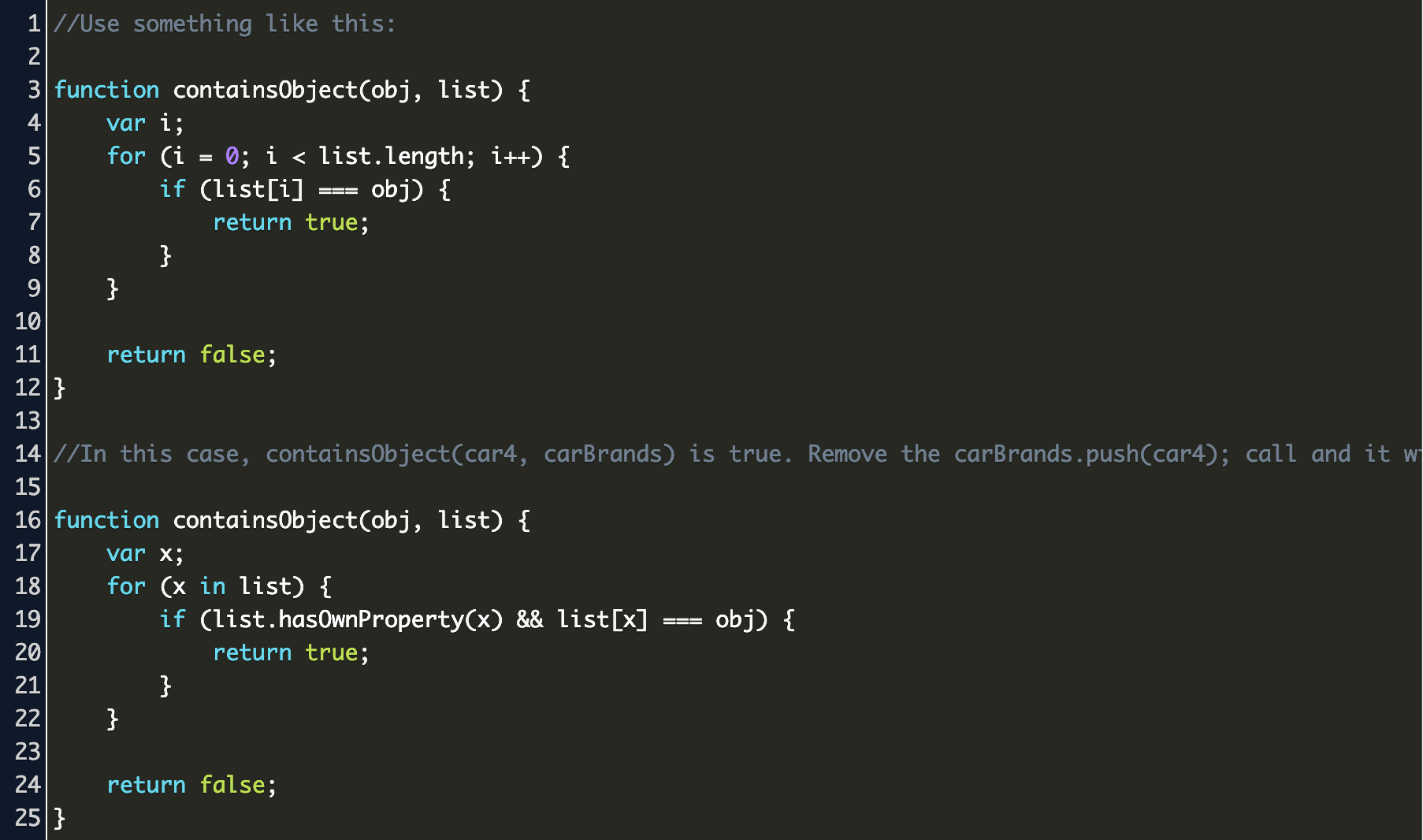


Use Object.entries to iterate over the keys and values of any object.Be aware that any objects your function receives as parameters might have additional keys. These objects are quite different from JavaScript’s primitive data types (Number, String, Boolean, null, undefined, and symbol) in the sense that these primitive data types all store a single value each (depending on their types). The best method to do this is by using Object.entries because the entries method will return the object properties as key value pairs in the form of an array. Use let k: keyof T and a for-in loop to iterate objects when you know exactly what the keys will be. Objects, in JavaScript, are the most important data type and form the building blocks for modern JavaScript. How to use forEach with an Object in JavaScript In as few words as possible, to use forEach with an Object in JavaScript we need to convert the object into an array.The latter is more generally appropriate, though the key and value types are more difficult to work with. The former is appropriate for constants or other situations where you know that the object won't have additional keys and you want precise types. forEach methods takes the callback function parameters as an argument and runs on each object present in the array. If you want to iterate over the keys and values in an object, use either a keyof declaration ( let k: keyof T) or Object.entries. JavaScripts forEach () function takes a callback as a parameter, and calls that callback for each element of the array. Hopefully this doesn't happen in a nonadversarial environment (you should never add enumerable properties to Object.prototype), but it is another reason that for-in produces string keys even for object literals. How to Use forEach () with Key Value Pairs. This code runs fine, and yet TypeScript flags an error in it. Reading through this item again, I'd add that this is all a good reason to consider using an ES6 Map instead of an object to store key/value pairs! The difficulty results from a combination of the quirks of JavaScript objects and duck typing. Syntax: array.forEach ( callback, thisObject ) Parameter: This method accept only two parameter mentioned above and described below: callback: This allow the function to test the each and every element in the array. And as an array is also an object in javascript, so you can use this here. The forEach will call the function for each element in the array. We can also use Javascript for loop to iterate over this array and get the value from the object in each iteration.įor (let i=0 i < all_keys.Iterating over the keys and values in an object is a common operation that's surprisingly hard to write without type assertions in TypeScript. for.in loop is used when you need to loop through the properties of an object. It calls a provided callbackFn function once for each element in an array in ascending-index order. The Object.keys(my_obj) method returns the following array: The forEach () method is an iterative method. For each property, the value of the property is logged to the console. The above code example uses the Object.keys() method to loop through the properties of the my_obj object.


 0 kommentar(er)
0 kommentar(er)
